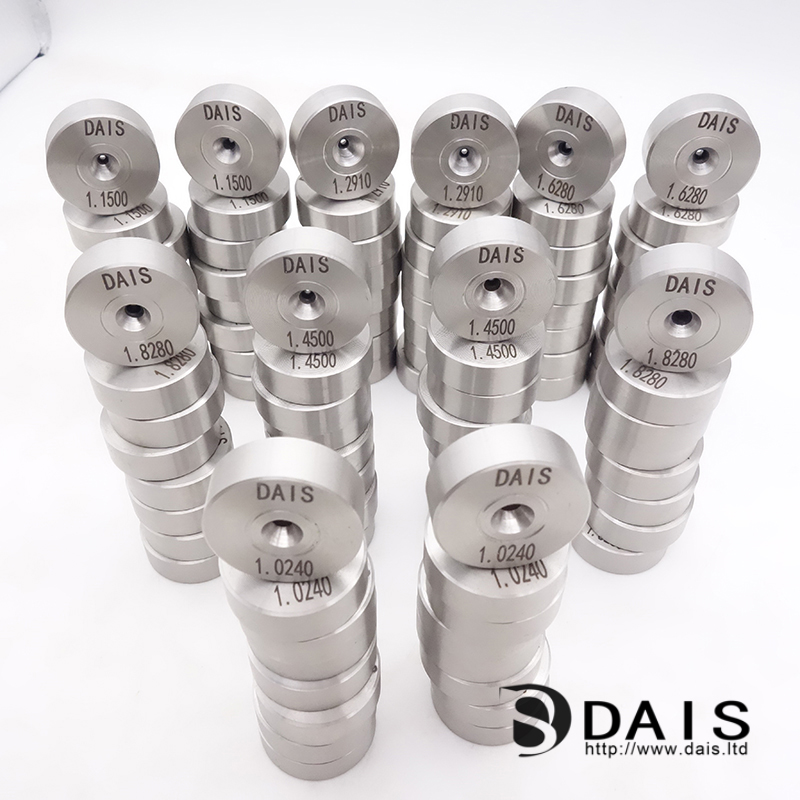Search

ADD:Building 123, Phase 3, Enterprise Base, No. 1 Lianhua Street, High-tech Industrial Development Zone, Zhengzhou, Henan, China
MOB.: +86-15517518512
MOB.: +86-15515520695
E-MAIL: admin@dais.ltd

In the early stage of the development of kneading skills, the drawing dies are usually described in detail based on the primary principles of mechanical drawing, using traditional strength theory and contacting the practical experience of the drawing personnel. With the continuous development of elastoplastic theory and kneading theory, many new test theories and methods, accounting theories and methods have begun to be used to describe the manufacturing category of kneading molds. For example, engineering core algorithm, metal active coordinate grid method, photoelastic and photoplastic method, close-grid cloud method, slip line method, upper limit element theory and finite element theory are widely used in the determination of mold strain field and various This kind of intensity check, and then optimize its layout and technical elements.
The new kneading die is in the process of kneading. The drawing die is usually operated under high temperature and high pressure. Affected by pressure and temperature, the die appears to be elastically deformed. The working belt of the mold starts parallel to the kneading direction. After being pressed, the working belt changes into a horn shape. As long as the cutting edge of the working belt has some sticky aluminum made of touch profiles, it is similar to the cutting edge of a turning tool. During the entire process of sticking aluminum, particles are constantly being carried out by the profile and adhered to the surface of the skin of the profile, resulting in "adsorbed particles".
The correct selection of new kneading technical parameters is also an important factor affecting the "adsorbed particles". Through field surveys, the kneading temperature and kneading speed are too high, the more "adsorbed particles" will be. The main reason is that the temperature and speed are high, the speed of the profile movement increases, the degree of mold deformation increases, and the movement of the metal accelerates. The deformation resistance of metal is relatively weakened, and the appearance of aluminum sticking is more likely to occur.